Salsa verde is easy to make at home. Think of this recipe as a starting place. You can decide how much cilantro, salt and lime juice you prefer. I strongly recommend adding the lime juice a little at a time (as the recipe is written) the first time you make it so you can determine how much lime juice you like. You can take it to the next level by adding a diced avocado (if tolerated) before blending.
Tomatillos are typically better tolerated than tomatoes. Up to a cup of tomatillos is generally tolerated by most. The doesn’t mean you can have a cup of salsa verde, but you can likely enjoy more of it than a tomato-based salsa.
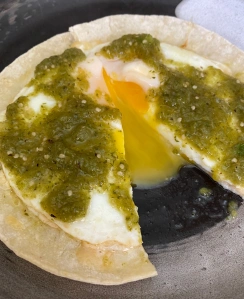
Enjoy salsa verde with GF corn tortilla chips, in enchiladas verde, on tacos or topping fried eggs.
Salsa verde requires little chopping compared to Low FODMAP Pico de Gallo as it’s made in a blender.
Be aware that the salsa will be rather thin at first, but will thicken up to a gelatin-like consistency after a few hours in the refrigerator, due to the naturally occurring pectin in the tomatillos. Simply give it a vigorous stir before serving.
Low FODMAP Salsa Verde
Makes 2.5 cups
Ingredients
- 1 1/2 pounds tomatillos (about 12 medium), husked and rinsed
- 1 small jalapeño, stemmed (optional)
- 1/2 green bell pepper, roughly chopped
- 1/2 bunch scallions, roughly chopped (green parts only)
- 1/4 cup packed fresh cilantro leaves (more if you love cilantro)
- 2 tablespoons to 1/4 cup lime juice (1 to 2 medium limes, juiced), to taste
- 1/2 to 1 teaspoon sea salt, to taste
- GF corn tortilla chips (for serving)
Instructions
- Preheat the broiler set on high with one rack positioned about 4 inches below the heating element. Place the tomatillos and peppers on a rimmed baking sheet and broil until they’re blackened in spots, about 5 minutes.
- Remove the baking sheet from the oven, carefully flip over the tomatillos and pepper with tongs and broil for 4 to 6 more minutes, until the tomatillos are splotchy-black and blistered.
- Meanwhile, in a food processor or blender, combine the chopped scallions, cilantro, 2 tablespoons lime juice and salt. Once the tomatillos are out of the oven, carefully transfer the hot tomatillos, pepper(s) and all of their juices into the food processor or blender.
- Pulse until the mixture is mostly smooth and no big chunks of tomatillo remain, scraping down the sides as necessary. Taste salsa and add additional lime juice, cilantro and salt as desired. Serve.

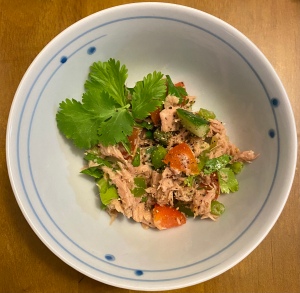
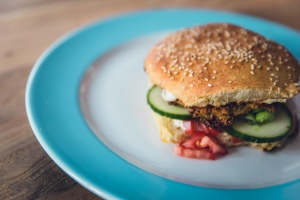

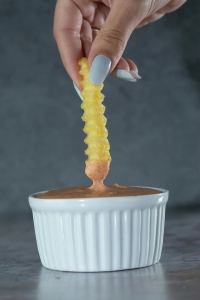
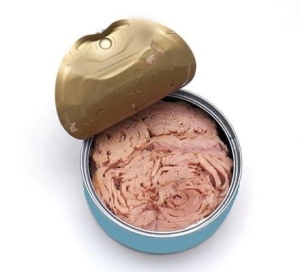
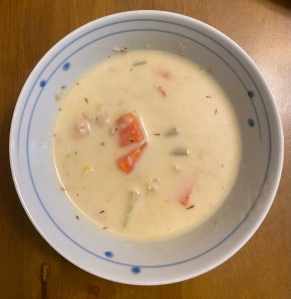
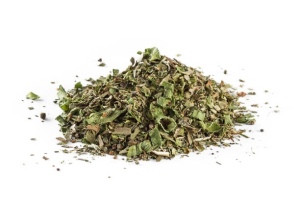
You must be logged in to post a comment.